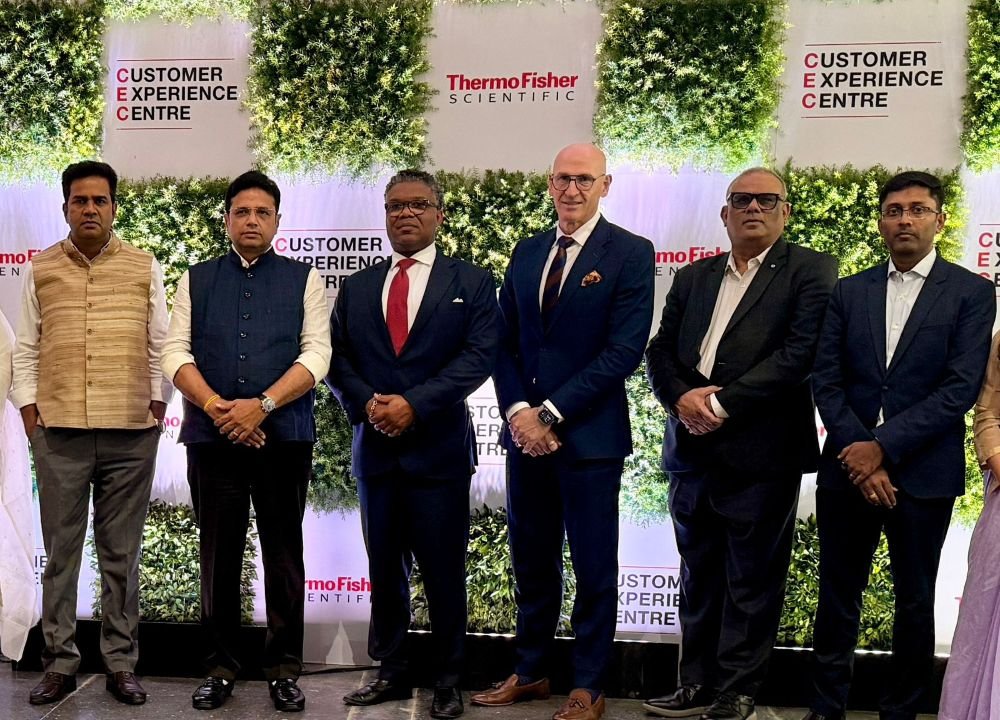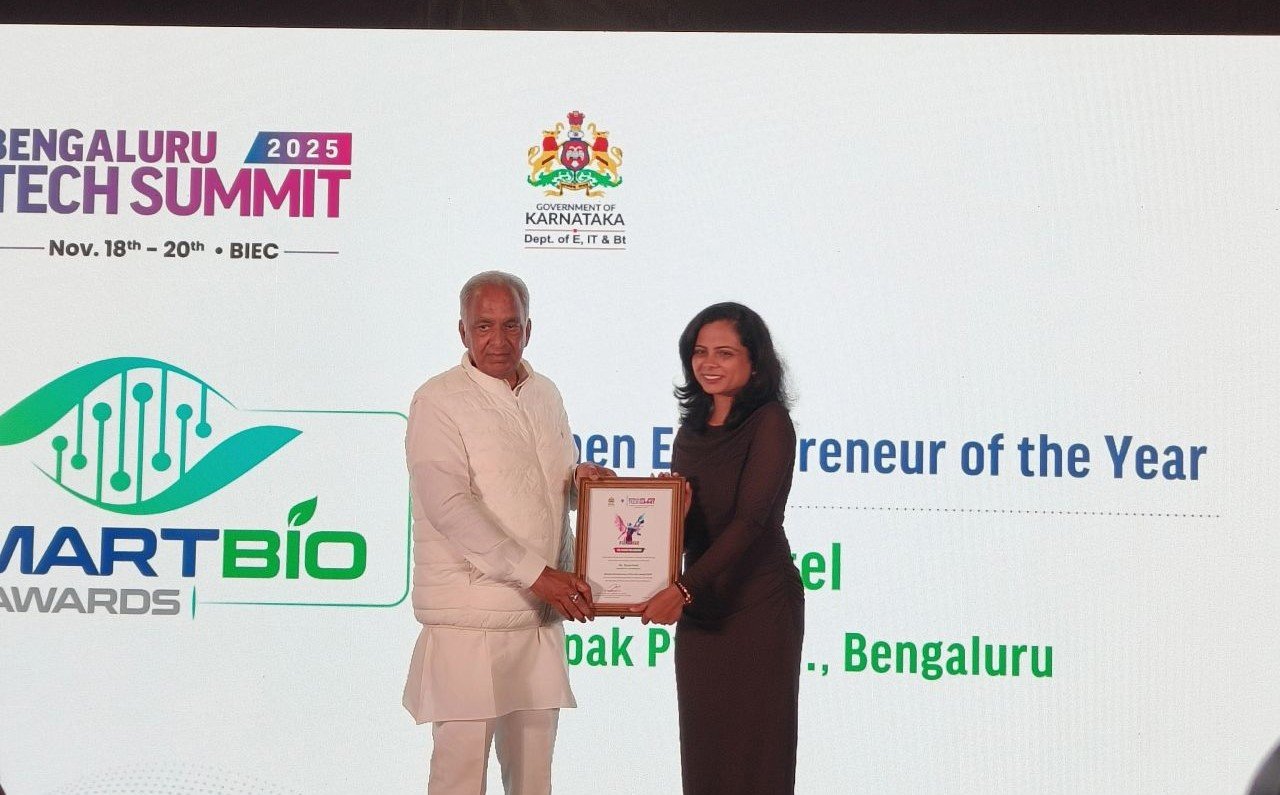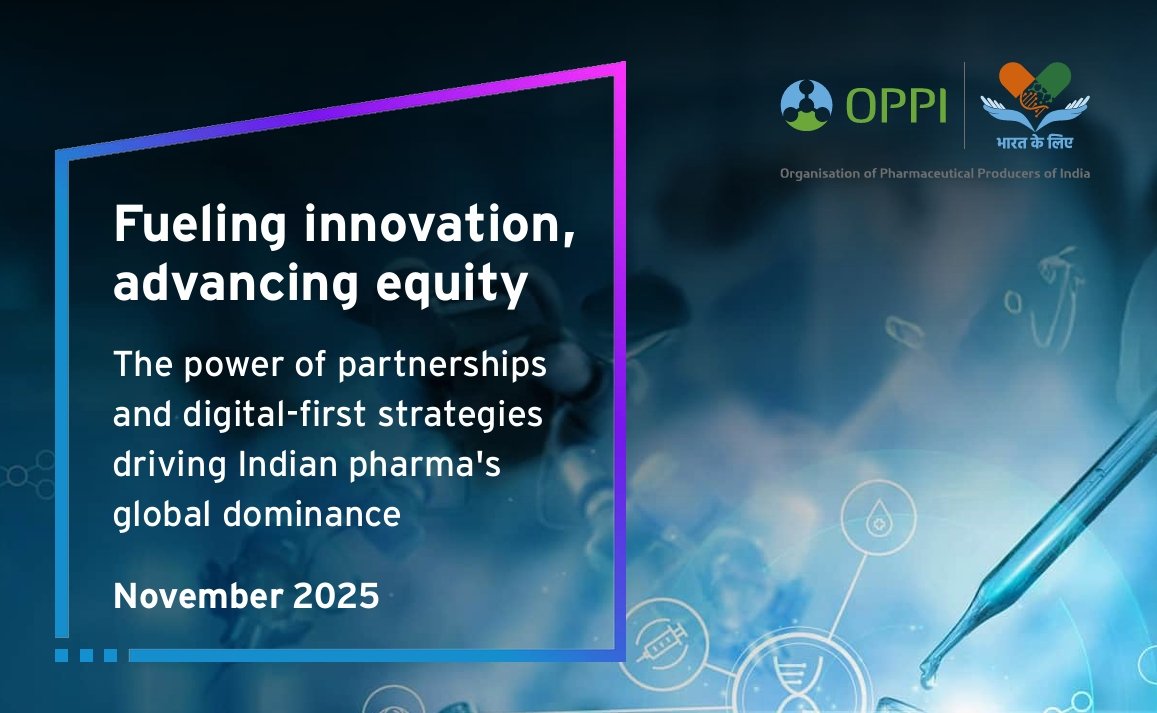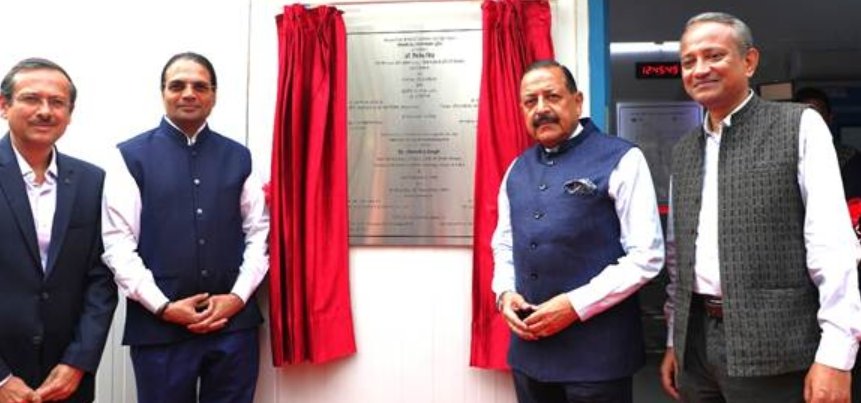Need for Contract Manufacturing
Intense regulatory requirements have forced the industry to evolve wherein the participants specialize in one or two areas of research, development, or manufacturing. This structuring has led to the emergence of a large outsourcing industry, with biopharma organizations leveraging specialized capabilities of outsourcing organizations to achieve agility and capital efficiency. As a result, the industry is highly fragmented with just a few large firms with broad capabilities, and a very large number of medium and small firms with specialized capabilities.
Moreover, these organizations are located across the globe, which necessitates the industry participants to find ways of collaboration across many organizations, geographies, languages, and time zones.
Process & Problems in Contract Manufacturing
-
Sales & Operations Planning: The sponsor firm, driven by inputs provided by the sales, marketing, and planning team prepares a plan for manufacture of products targeted to specific markets. Frequently, this plan is prepared in the form of a rolling plan, with high fidelity in near term, which decreases as the time duration increases. This plan is shared with the contract manufacturing organization (CMO).
-
Cost Negotiations: While most contracts would be long term, in many cases the sponsor and CMO negotiate costs.
-
Issuance of Purchase Order, Acceptance: The sponsor prepares a purchase order, or a delivery schedule, which is then formally accepted by the CMO. If the CMO doesn’t have the capacity to execute (materials, people, plant capacity, or lab capacities), there may be a change in the date or delivery.
-
Manufacturing Scheduling: On receipt and acceptance of the purchase order, the CMO schedules manufacturing based on capacities, people, and availability of input materials. This plan is shared back with the sponsor, which helps the sales and marketing teams commit delivery of products with high levels of confidence.
-
Manufacturing Execution: The CMO executes manufacturing plan batch-by-batch. As each batch progresses, the status of the batch is shared with the sponsor organization.
-
Quality Execution: In order to adhere to FDA and other regulations, quality procedures are strictly enforced by the sponsor firms. The sponsor firms may request several artifacts from the CMO during the entire cycle.
-
Shipping & Dispatch: On batch approval, the finished goods are moved to the warehouse and subsequently shipped to the destination specified by the sponsor. The CMO is expected to provide details of shipping to the sponsor so that the shipment may be tracked.
-
Payment: The CMO invoices the sponsor, and payment is executed from sponsor to CMO based on agreed terms.
It may be noticed that there are a large number of interactions between the sponsor and CMO throughout this process. 35 to 40 touch points between CMO and sponsor are common.
Need for Digital Platform for Contract Manufacturing
It may be a surprise to the reader, that these interactions described above are almost exclusively manually in the present context, when most of the industries have adopted digital technologies to manage their operations.
Life sciences industry has been a laggard in adoption of digital technology largely because of inherent conservatism enforced by regulatory pressures.
While most of the life sciences industry have SAP or other ERP systems to optimize their internal processes (such as manufacturing, sales, and inventory management), there are no systems available for optimizing CMO operations. This is a major red flag since 60-70% of manufacturing is executed by the CMOs.
New digital collaboration platforms are emerging to address this need of improving engagement between sponsor and CMO on a common system. These are modern solutions that are hosted on the cloud, and powered by advanced technologies such as blockchain and mobile interfaces. User friendly user interface is a core feature, thus reducing the time to train, and improving adoption velocity.
Several life sciences organizations have adopted digital collaboration platforms to address compliance, inventory management, and cost management requirements.
Conclusion
As the life sciences industry grows with increasing dependence on contract manufacturing, adoption of digital collaboration platforms is a necessity - not an option. Available digital platforms provide a range of benefits, including improved compliance, data integrity, capital efficiency, operational efficiency, and real-time visibility into CMO operations.
Sponsors and CMOs should consider implementation of such collaboration solutions and gain from these new digital capabilities.
Authors-
Sanjay Kuberkar, Chief Executive Officer (CEO), Schrocken Inc.; and Dr Vishal Gandhi, Founder & CEO, BIORx Venture Advisors










